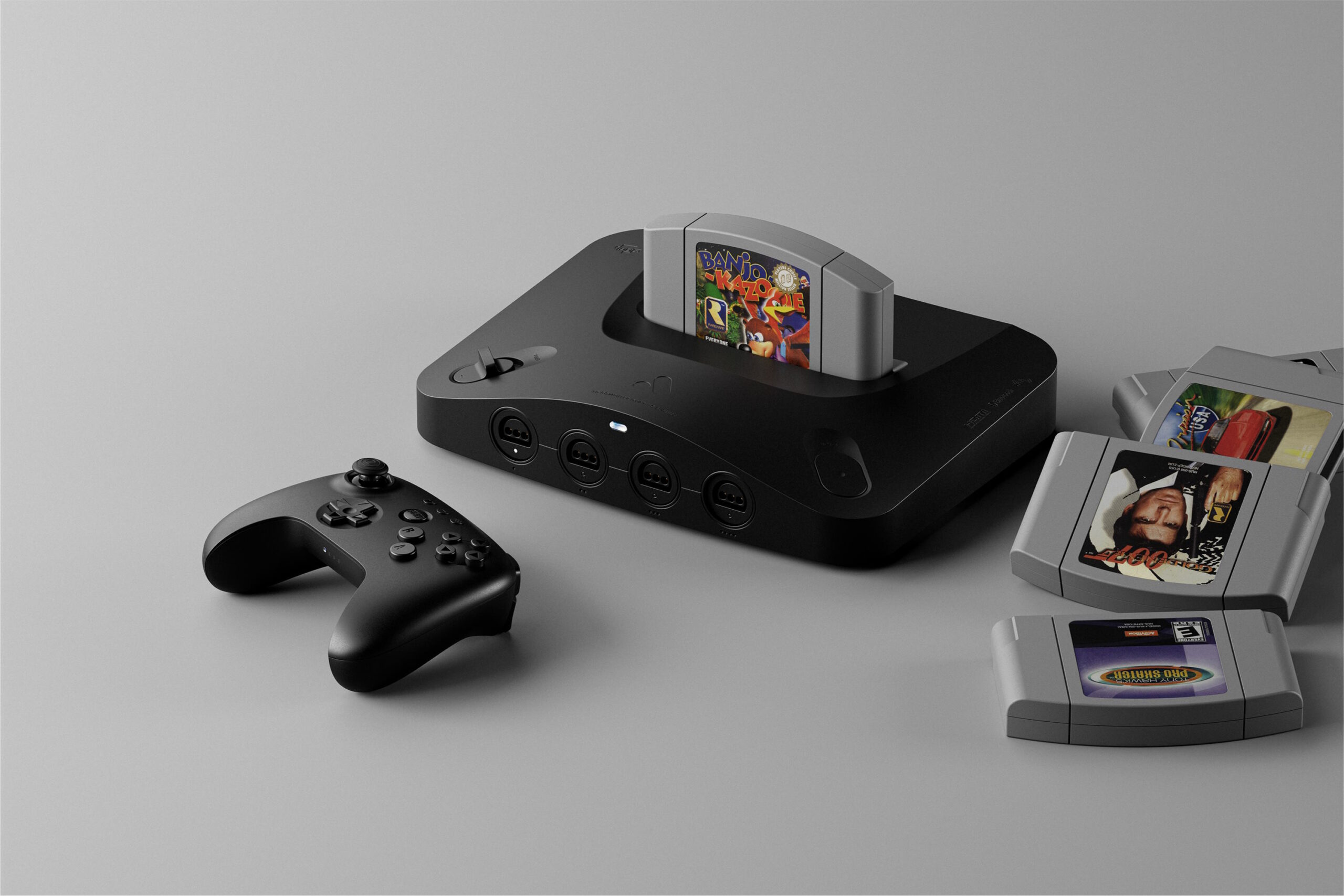Tech
$250 Analogue 3D will play all your N64 cartridges in 4K early next year

It’s been exactly one year since the initial announcement of the Analogue 3D, an HD-upscaled, FPGA-powered Nintendo 64 in the tradition of Analogue’s long-running line or high-end retro machines. Today, Analogue is revealing more details about the hardware, which will sell for $250 and plans to ship in the first quarter of 2025 (a slight delay from the previously announced 2024 release plan).
Like previous Analogue devices, the Analogue 3D uses a field-programmable gate array (FPGA) to simulate the actual logic gates found in original N64 hardware. That helps ensure 100 percent compatibility with the entire N64 cartridge library across all regions, Analogue promises, and should avoid the long-standing accuracy and lag issues inherent to most software-based emulation of the N64.
White and black hardware shells will be available for the Analogue 3D.
Credit:
Analogue
To get that level of fidelity, the Analogue team spent four years programming an Altera Cyclone FPGA with a full 220,000 logic elements. That’s a big step up from previous Analogue devices—the Analogue Pocket’s main FPGA board featured just 49,000 logic elements three years ago. But the Analogue Pocket also included a second, 15,000-logic-element FPGA, which allowed it to run an expanding list of openFPGA cores to support games from other classic consoles.
Analogue has abandoned that additional FPGA for the Analogue 3D, meaning those openFPGA cores will not be usable on the new hardware. “If we wanted to offer Analogue 3D with openFPGA (which is not the purpose or focus of the product), it would require not only a second FPGA but an even more powerful base FPGA, therefore increasing the price to a price that doesn’t suit our goals,” Analogue founder Christopher Taber told Ars last year.










